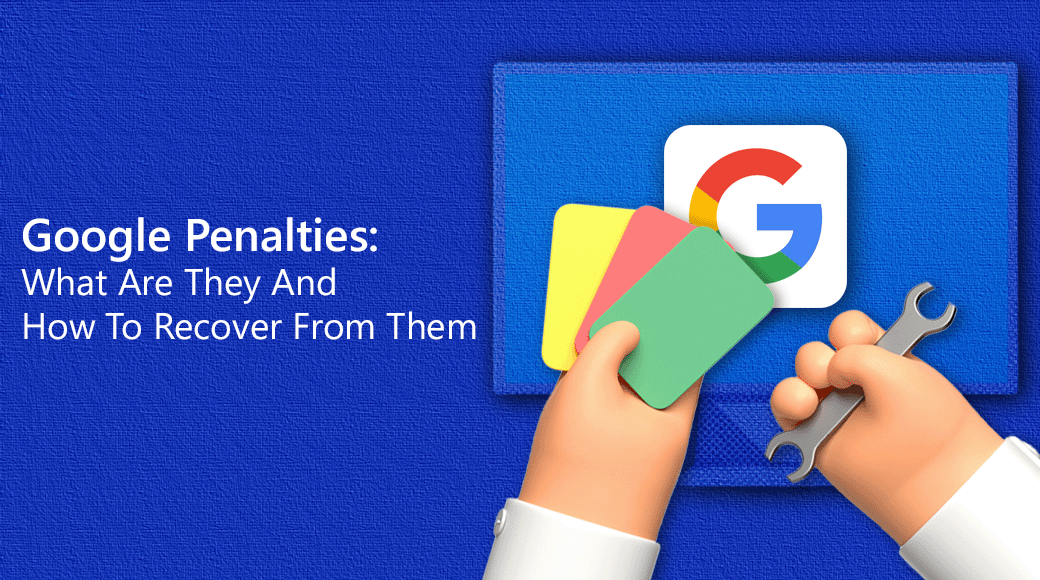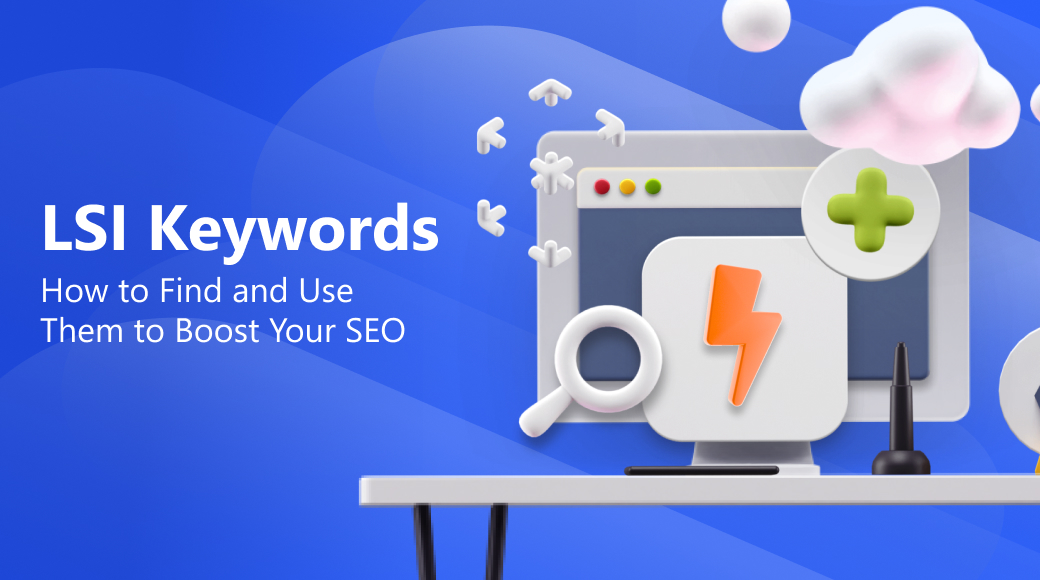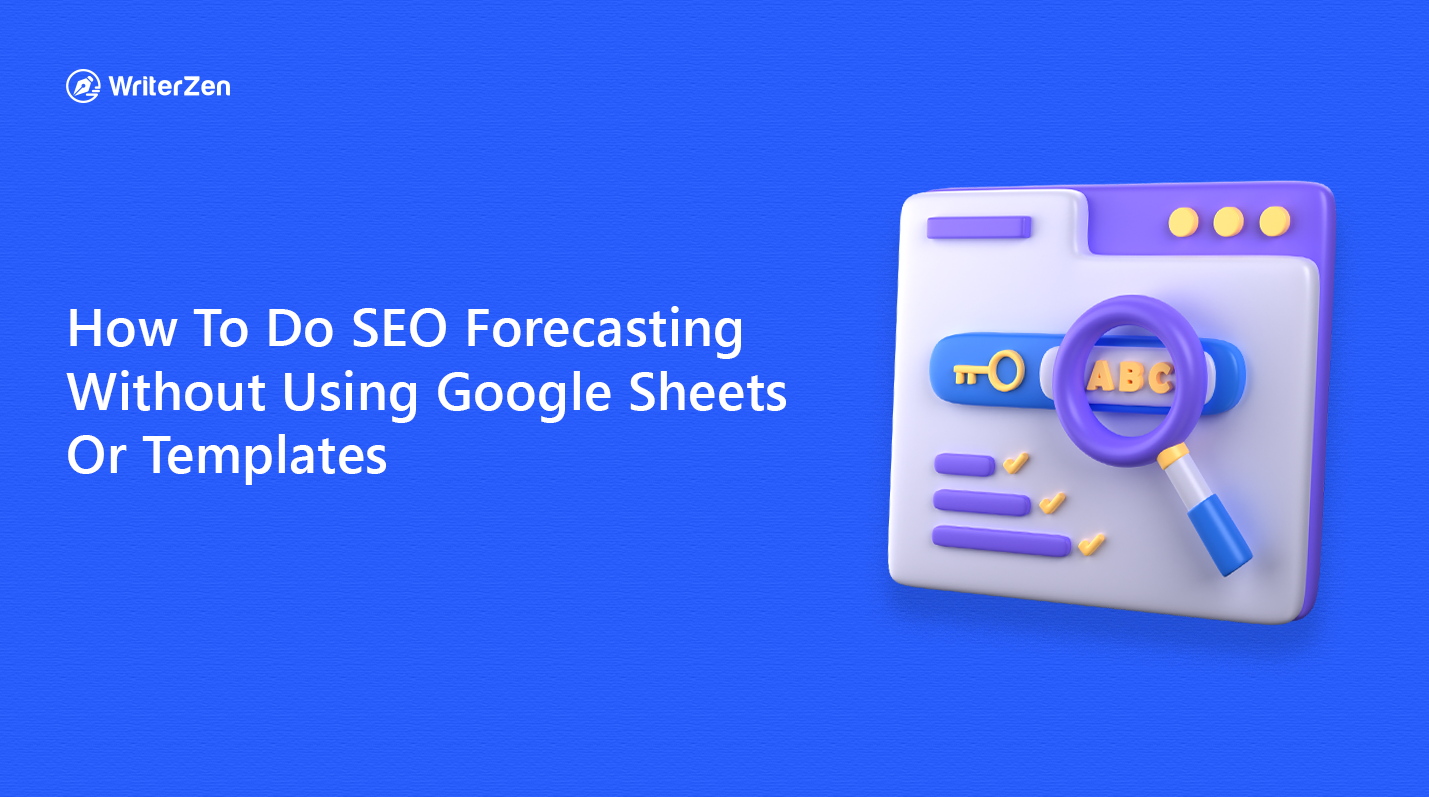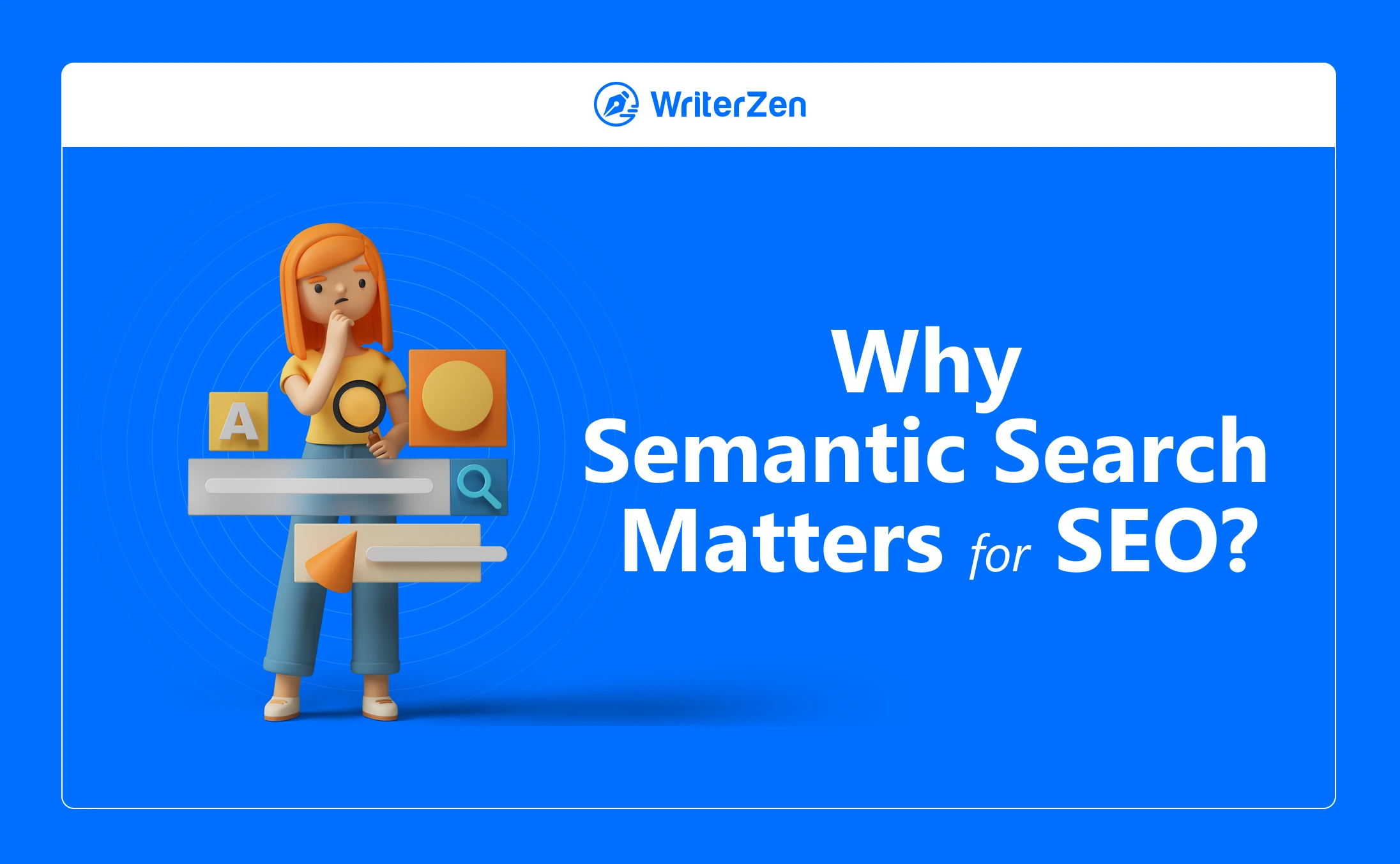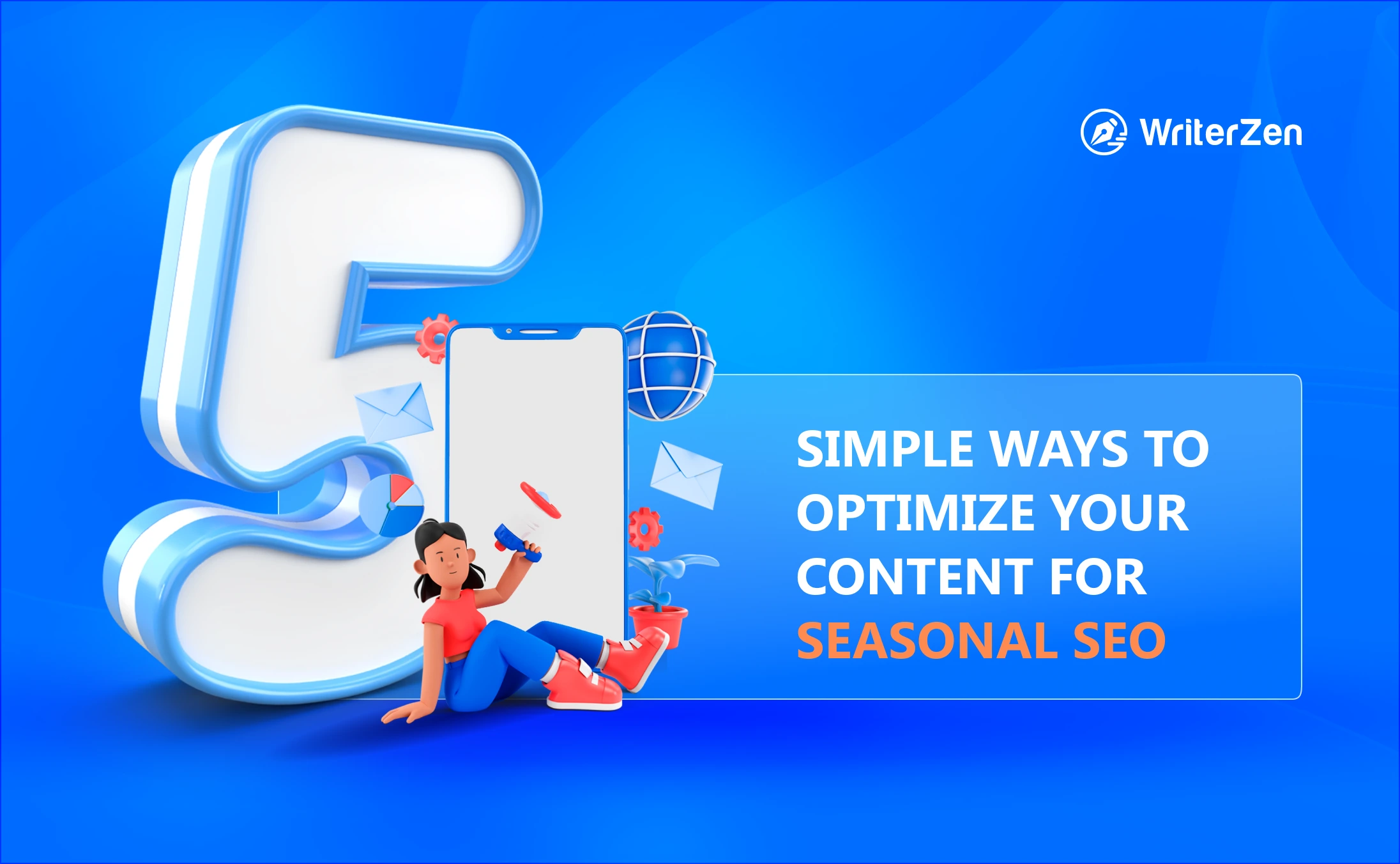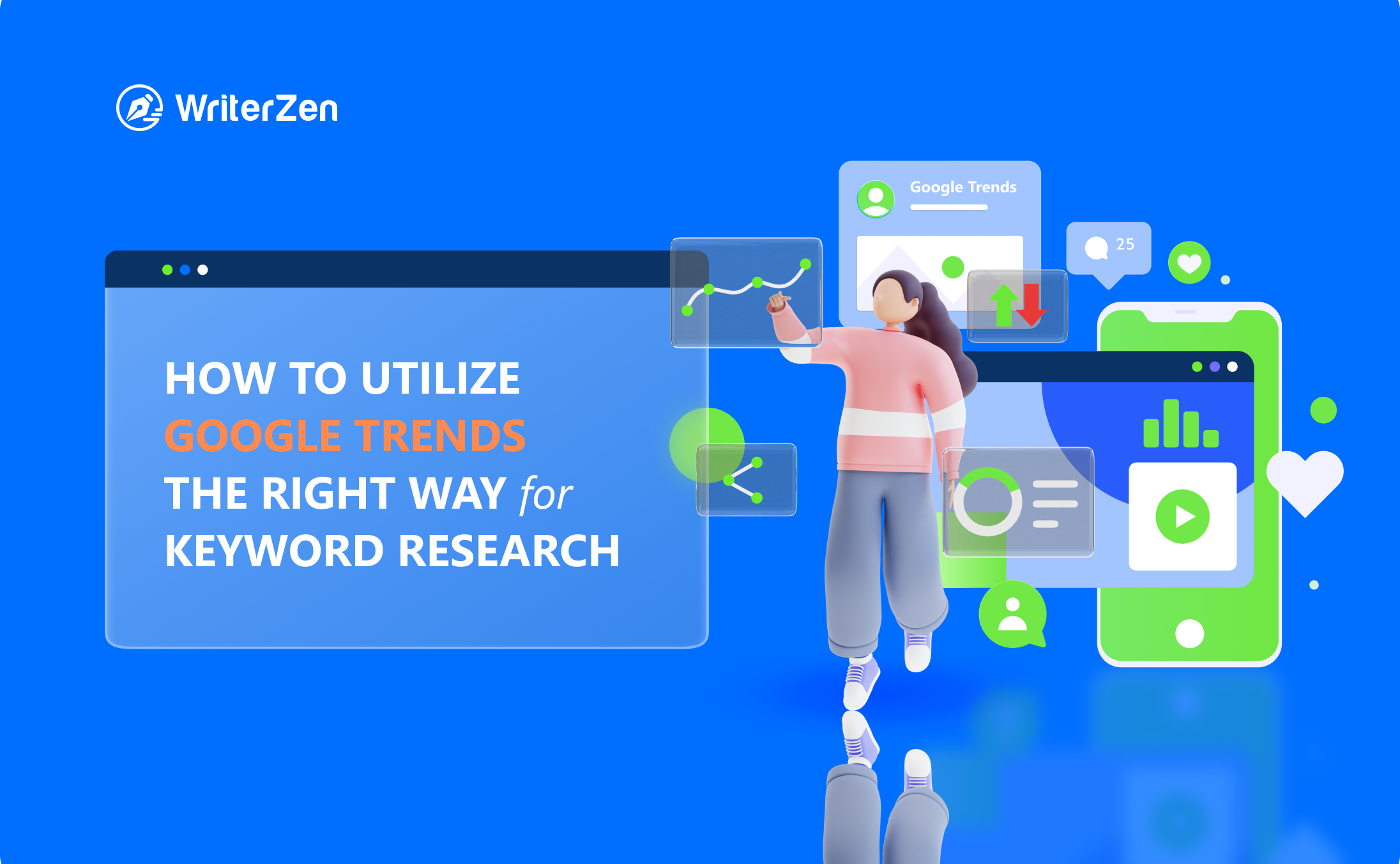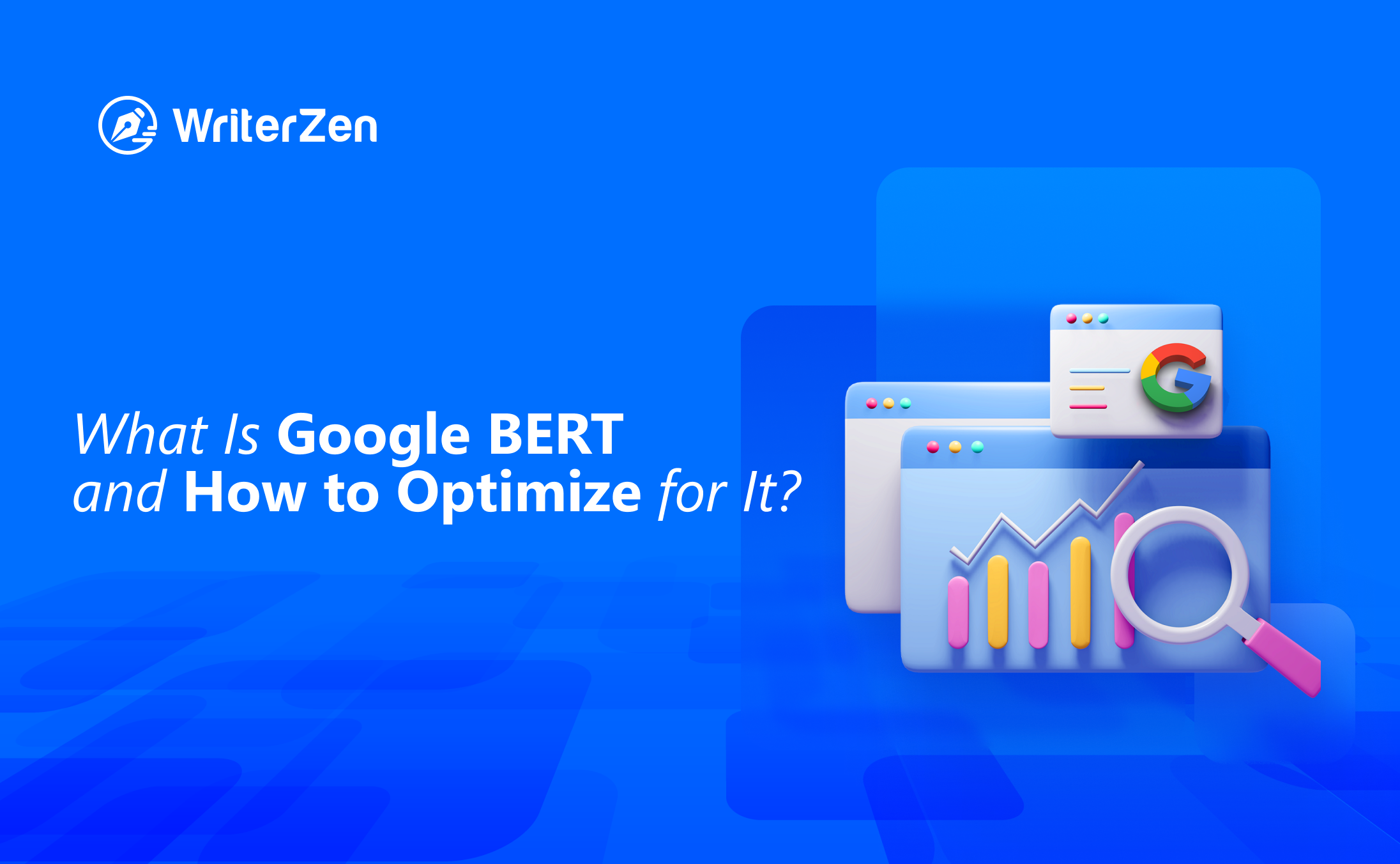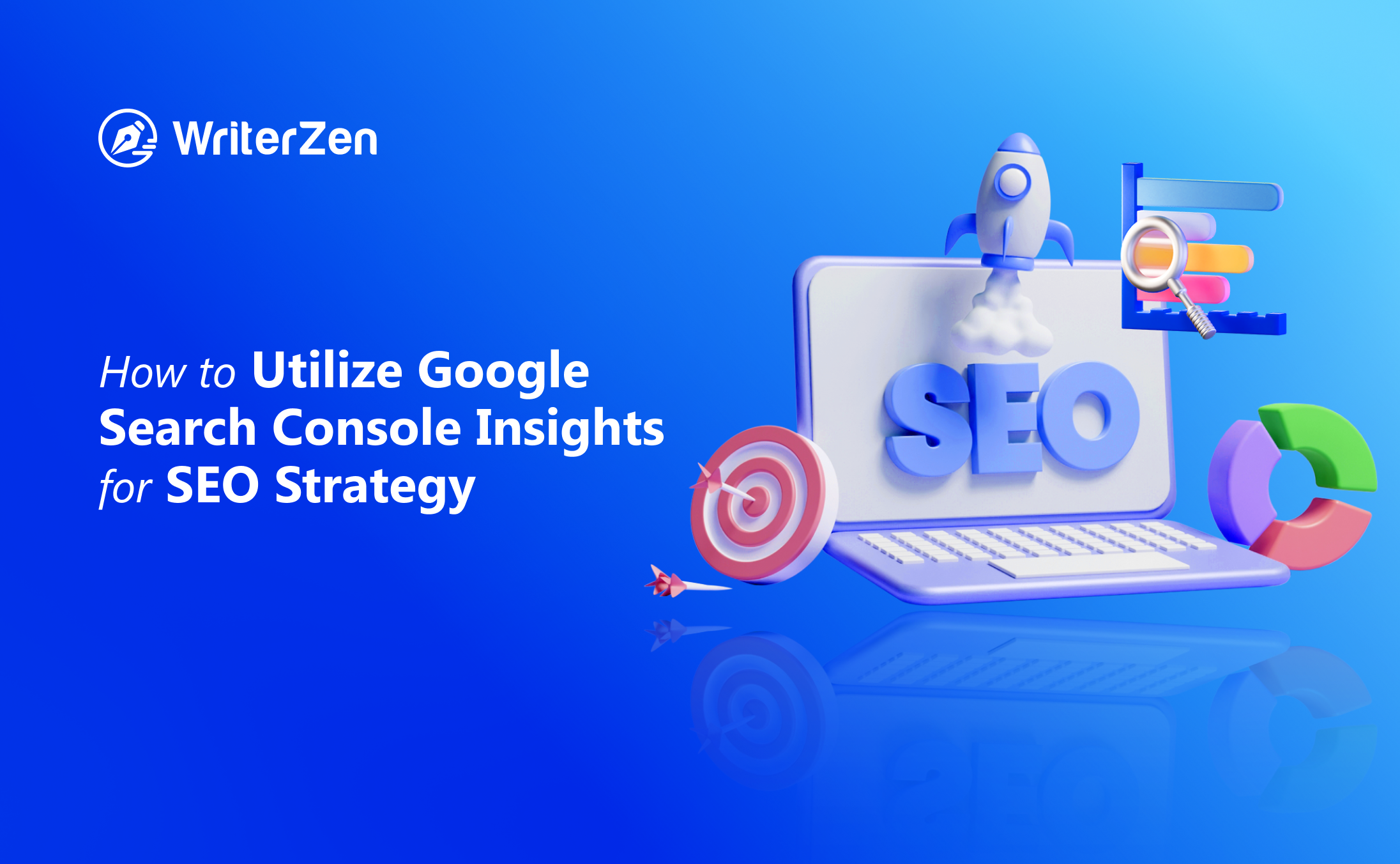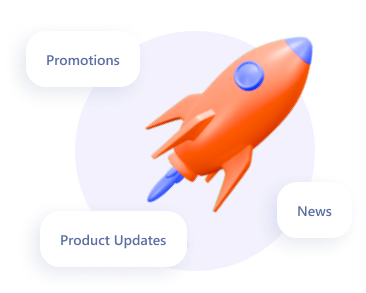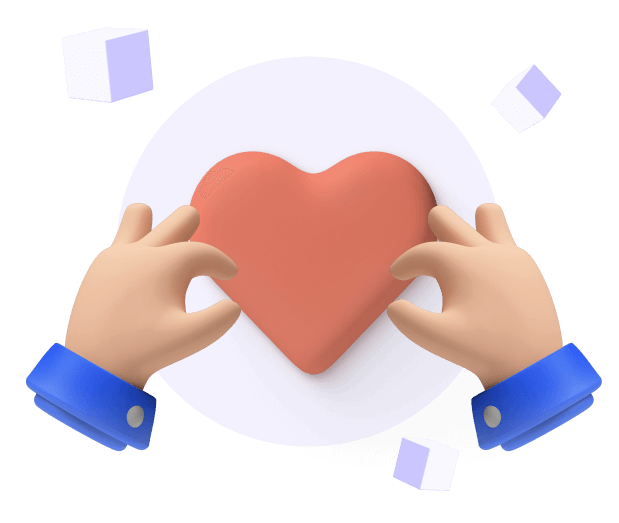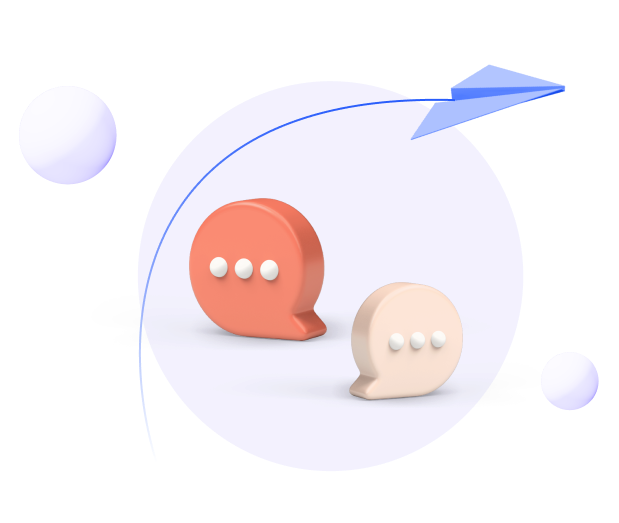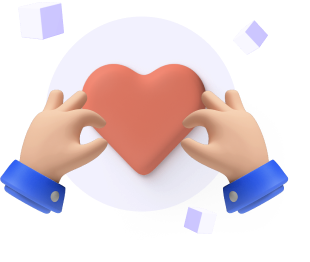Google algorithms are designed to reward websites with quality content, and they employ methods to review websites manually. Similarly, any website that does not meet quality standards can get penalized.
If your website has been on the wrong side of an algorithm update or caught some other Google penalties, you may find it suffers a great loss of organic traffic.
To recover from this difficult situation, you need to understand the inner workings of the search engine.
Fortunately, there is plenty of information to help you determine the exact cause of the penalty, and here’s a helpful piece. Read on to learn about the algorithmic and manual actions of Google penalties.
What Is A Google Penalty?
Google penalties are the negative impacts of certain flawed actions taken by your website. You may experience a significant ranking loss or get removed from the SERP.
It means that your rankings for the targeted keywords drop, and your website doesn’t get listed anymore, leading to the audience hardly finding their way to you or your business.
Google tries its best to provide relevant search results. Hence, any website that seems deceptive and manipulates search results can look harmful to Google.
The Google Webmaster Guidelines and updating algorithms can bring varying parameters of stamping a penalty on a website.
You may have been penalized by Google. Here are the common causes for these penalties:
-
Adware, viruses, or spyware
-
Hidden texts and links
-
Deceptive redirects
-
Irrelevant keywords for the sake of ranking
There is a lot more to add to the list, but first, you must understand how to learn if your website has been penalized.
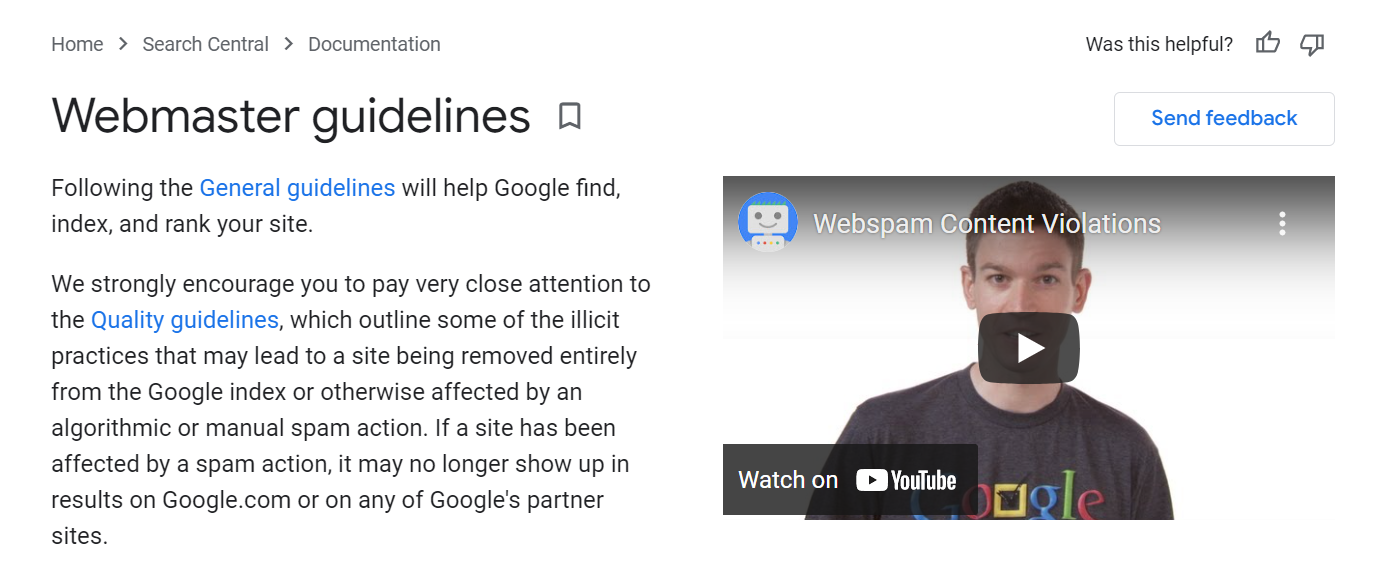
What Happens When Google Penalizes Your Website
Google's algorithms are designed to provide an optimal user experience, so it is essential to consider how to optimize your website for your audience.
Your content should match the user's search intent and be compliant with Google's search guidelines.
You should also avoid spammy SEO tactics and embrace proven best practices. Thus, when you break the basic rules and make errors, Google acts up and puts penalties on your website.
The subsequent events are as follows:
-
Search traffic drops drastically: While there’s a significant loss in traffic to your website, the increased competition on the web also pushes it lower on the SERP page.
-
Google no longer ranks your site for relevant keywords: In the event of a penalty, Google may remove your site ranking for certain keywords. Depending on the gravity of the punishment, the process can take days, weeks, months, or even years.
Types of Google Penalties and How To Overcome Them
People have a common question: “How do I recover from a Google penalty?” The answer depends on the type of penalty.
There are two main types of punishments: algorithmic changes and manual actions. Manual penalties result from a mistake on your website, while algorithmic penalties result from a system that automatically penalizes your site.
Thus, learn about the types of penalties and how to overcome them:
Manual Actions
A manual action is issued by Google when a human reviewer at Google tracks and discovers that your website is breaking Google's Webmaster quality guidelines. It includes grave errors like viruses, cloaking, bought links, redirects, etc.
A handwritten action from Google can be challenging. If your ranking has dropped significantly, check your Google Analytics to see whether it's a result of the penalty or not. Look for areas that experienced a drop in traffic and see if those keywords are affected.
In addition, check your Search Console query report to see whether there are any significant changes. You don't necessarily need to fix a penalty if you don't see any noticeable changes.
There are several actions that you can take:
Monitor Your Search Console Account
If a manual action gets imposed on your site, Google will notify you. You can ask Google to reverse the movement when your website no longer violates the guidelines.
Your website can recover from Google penalties by completing the steps outlined in the Google Webmaster Guidelines. However, this method is not suitable for every site.
To recover from a manual action, you need to understand the rules and guidelines for submitting a website.
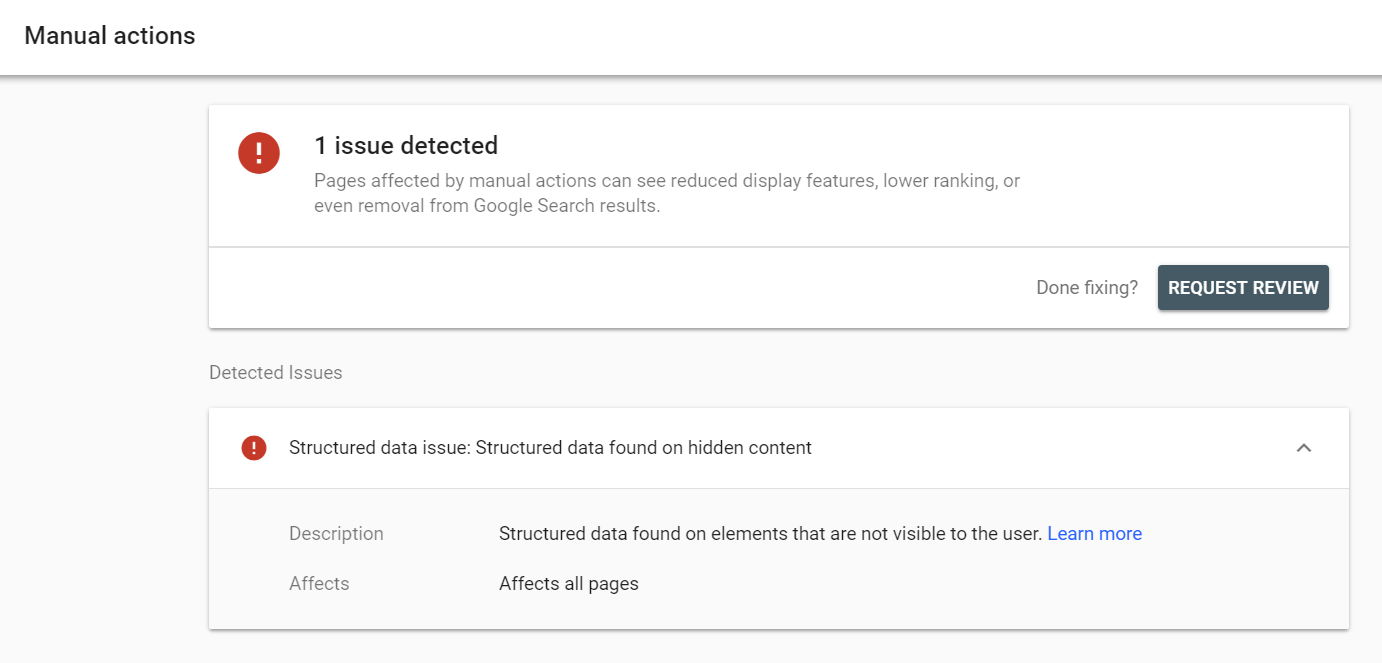
Find Impacted Pages and File A Reconsideration Request
Use Google webmaster tools to find the affected pages and submit a reconsideration request.
Google keeps updating its algorithms regularly to improve the quality of search results. These changes range from core updates to massive changes like Google Panda.
Therefore, it is essential to monitor your website regularly to optimize it. It's vital to watch the Google Search Console and follow its guidelines.
The recrawl can take from three hours to three months. Once you've submitted the reconsideration request, the algorithm will begin the process of recrawling your website.
Get Rid of Low-Quality Content
You should always write content that adds value and contains updated information. Though duplicate content does not carry a penalty, it is a possible target for a manual action from Google.
Apart from Google penalties, Google also targets websites that manipulate search results and the news section of Google.
Remove the Spammy Links
These links can negatively affect your site. Once you remove them, you can focus on recovering from the penalty. If your website is not healing, take steps to recover.
Algorithmic Penalties
If your website gets affected by a Google algorithmic penalty, you may wonder how to recover.
It is actually possible to recover from such a penalty within six months to a year.
Depending on the nature of your website and how many backlinks and pages of original content you have, you should be able to recover within this timeframe.
However, if you've been hit with an algorithmic penalty for a long time, it can be much more complicated.
First, let’s get to know two major Google algorithm updates and how they may have some effects on your website that seem like penalties: Penguin and Panda.
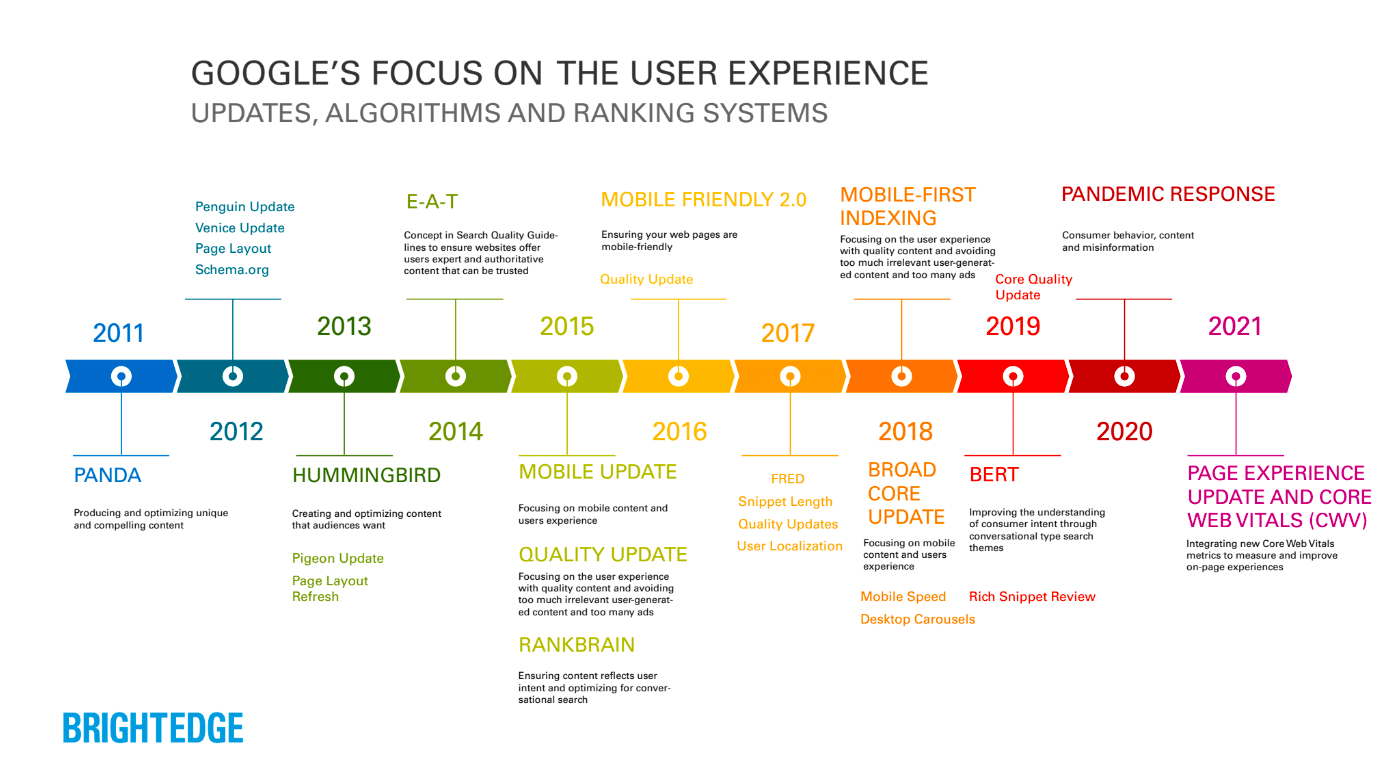
Panda
The Google Panda update occurred in 2011 to punish websites with poor content.
After years of evolving, back in 2016, it became a core part of the Google algorithm. It is now used to evaluate the quality of a page while deciding its ranking on the SERP.
Thus, websites with too much generic information got punished, while the rich information sites like news websites with high information to low ad ratio got featured high up in the SERP.
If your site gets penalized by Google's Panda algorithm, you will be unable to recover until the algorithms have been refreshed with new data. For example, if you received a penalty due to Panda, it may take you more than a year to recover from this penalty.
Depending on the nature of your site, you may need to rebuild it entirely from scratch. To avoid Panda Penalty, you must:
-
Organize each page to have some end-user purpose by fulfilling the needs of the buyer.
-
Avoid duplicate content, which you must check daily.
-
The content-to-ad ratio must be optimum. Don’t surpass the content with spammy ads all over your website pages.
However, if you still get a Panda Penalty, do the following:
-
Check your website for similar pages, title tags, extra pages, etc.
-
Any signs of duplicate content should be removed or replaced. The content must be updated to be valuable to your audience.
-
Apply robot.txt on the duplicate pages that are needed on the page.
-
Enable flawless user experience to trigger positive responses from users. Avoid too many ads.
-
Check your website ranking with every refreshed update of the Google algorithm.
While you should be careful about making the mistakes yourself, it's important to remember that some of them result from Google errors and will require you to contact the Google team. For example, content errors may only need a few simple changes to your website.
Penguin
If you've been affected by this algorithm, the first thing you need to do is determine the cause. It's important to know that a Google Penguin update is not a permanent problem - your ranking will drop until it runs again.
In most cases, you can confirm if the drop is due to Penguin by comparing your rank to the last time the algorithm ran. Once you've verified that Penguin hit your website, you will need to wait several months or a year before recovering your rankings.

You're at risk of a penalty if you have acquired many low-quality links or used questionable tactics. It means you'll have to remove any suspicious links.
Aside from removing these links, it is recommended to rebuild your site's link profile to ensure that it's immune to Penguin. This way, your site can avoid the penalty in the future; here’s how:
-
Understand that the removal process is complex: It requires analyzing your backlinks and identifying low-quality links. For example, disproportionate use of anchor text or links from spammy article directories, site-wide links, and links from article directories and forums can be considered spammy. Removing low-quality links takes weeks or months, depending on the nature of the website and the severity of the penalty.
-
Visit Google's Webmaster Tool and evaluate the site's link profile: The Overview tab of your webmaster tool contains information on anchor text distribution. Healthy links include naked URLs, brand-name keywords, and variations of your targeted keywords.
-
Avoid over-optimized anchor text and links: Aside from using appropriate anchor text and a relevant URL, you also need to avoid over-optimized anchor text and an excessive number of links. These are major red flags for the algorithm and negatively affect the user experience. The audience will be annoyed with your spammy links, and Google will take action.
Common Ways to Recover from a Penalty
A Google penalty has likely hit you if you've recently experienced a sudden drop in organic traffic. Google's Penguin and Panda algorithms can penalize your site if it contains too many spam links, poor-quality content, or keyword stuffing.
While manual penalties take a minimum of 30 days to reverse, algorithmic penalties can take up to six months. These timeframes assume no further mistakes are made in the meantime. That's why it's crucial to track your SEO rating carefully and remedy any problems as soon as they are detected.
While recovering from a Google penalty can be a difficult task, it is possible to recover after following a few basic steps.
Thankfully, there are several common fixes for a Google penalty.
Follow these simple tips for Google penalty removal and restore your ranking and organic traffic.
Understand What Triggered Your Google Penalty
Google rarely sends notifications or guidelines, making it difficult to determine if you've been penalized. The most obvious symptom of a sentence is a drop in your website's rankings.
But the problem can affect an entire site, as it can be deindexed by Google and no longer return results when you enter the same search query.
To prevent a penalty in the future, make sure your website is following best practices.
Clean Up Duplicate Content
Delete similar content, remove unnatural links, and add a canonical link to each piece of content. Use a free duplication detection tool or do a website audit to find out which pages are duplicated.
Follow Google's Instructions
You'll find comprehensive guides to this process on Google's website. If the manual penalty doesn't work, you can still submit a reconsideration request through the Search Console.
Be sure to explain why you received the fine, then wait for the result to be reflected in your organic traffic.
Follow Guidelines from Google’s Message
A manual penalty will often come in the form of a message from Google pointing out a problem with your website.
Usually, the problem is something you can efficiently address, such as low-quality content or unnatural links. However, an algorithmic penalty will require more digging to identify the exact cause.
You can track down the same period your rankings dropped and address the issues in such a case.
Use Google Analytics
This tool can show you how your site's traffic has changed over time and the dates of algorithm updates. If you notice a sudden change in traffic after an algorithm update, you've likely violated some content rules.
Minor penalties can be fixed in as little as 30 days, but recovering from a Google penalty can take several months. A thorough website audit can speed up the recovery process.
File a Reconsideration Request
Google will evaluate your website, and if it is no longer in violation, it will notify you and let you know. If your site no longer meets these criteria, you'll have to start the troubleshooting process again. However, if you've already tried every option, it's not the right time for you.
Final Thoughts
To sum up, it’s very important to follow Google’s guidelines, of course, it's also a big part of creating a content strategy for SEO. By ensuring to clean up unnatural links regularly, staying away from black hat tactics, keeping your content unique and of high quality, etc., you won’t have to worry about getting penalized.


